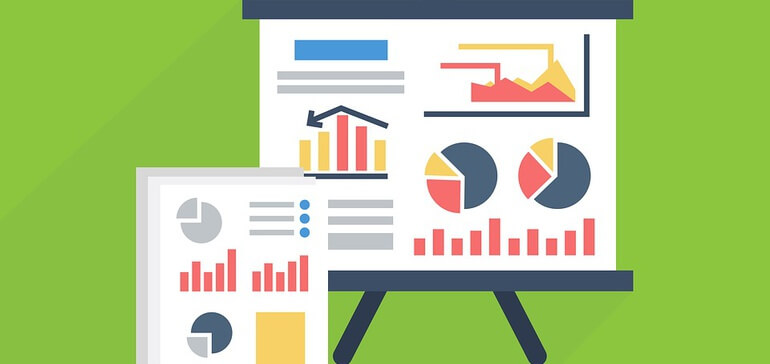Seems logical. But those objectives have often pitted these important departments against each other.
For forwarding thinking companies, that’s no longer the case. “Procurement’s role is evolving,” Kristin Ruehle, managing director of procurement business process services at Accenture, told Supply Chain Dive in an interview. “They’re being asked to play a much more strategic role in the business, which is changing some of their objectives and can close the gap between supply chain and procurement.”
Procurement goes from saving dollars to strategic entity
Traditionally, procurement has been focused in getting the absolute best deal. “Their KPIs were focused on how much identified savings they were generating for the company,” Ruehle said. “It could be ‘Look, I negotiated a new contract with a supplier. I received a 7% savings from a previous contract. I get a little smiley face on my scorecard because I did 7% savings.'”
But that used to be it: If those 7% savings weren’t realized in reality — the stakeholders didn’t actually make the buy, or the thing procured didn’t work right so it was never fully utilized or it made such a mess in the supply chain that operations slowed — it didn’t matter.
“Whether or not they saw the savings at a corporate level was entirely different. Savings was their primary objective — just go out and generate savings because that’s what their scorecard was driven toward,” Ruehle said.
In the last five years, that’s changed as procurement’s role has evolved, and each buy is weighed not just on price. “Procurement is now playing a role in helping evaluate and assess suppliers or financial risk with partnering with a supplier that may not be able to meet their needs,” she said, which includes working with the supply chain.
At Arrive Logistics, the focus has been on one common KPI: the cost per transaction. That means having a core group of carriers that the company works with every month and that are also given priority access to new contracts, even if they are paid more than if the company put those contracts out to bid on the open market.
“A lot of brokers are just going to post the load to the internet and field 150 calls and get the cheapest rates,” Matt Pyatt, CEO of Arrive Logistics, told Supply Chain Dive in an interview. “Those are typically not going to be the cheapest shipper over time.”
With core carriers, Arrive Logistics know — barring a disaster — loads are going to get picked up and shipped on time. That saves on chargebacks and helps keep the relationships with customers strong.
Conflict is a top-down problem
If procurement and supply chain are still butting heads, it’s usually a top-down problem, John Sidell, managing principal and founder of the New Course Group, told Supply Chain Dive in an interview. If operations and supply chain report to different officers in the C-suite, and those officers can’t come to terms, no one down the chain of command will. Oftentimes, it’s a problem that needs to be resolved by the COO or CEO.
“The culture of an organization has a lot to do with it,” he said. “Sometimes at the executive level, someone will say ‘leave my buyers alone.’ When you have those silos up, you end up with a lot of conflict.”
One way to resolve this conflict is to change the way that procurement and supply chain see each other and how their goals are aligned, Ruehle said. The supply chain wants to meet production goals and produce a high-quality product while limiting risk; procurement wants to find the best suppliers to meet company goals.
At least once a year, supply chain and procurement should have a detailed discussion of what they both need for the next year, Ruehle suggested. That can lead a company to create an engagement model that has procurement and supply chain realizing that they are customers of each other.
“Supply chain is the customer of procurement, who is going to help them establish the best agreement with the best supplier to meet their needs while mitigating risk in the supply chain,” Ruehle said. “Conversely, if procurement needs further clarifications on business requirements or specifications from supply chain, procurement should understand how long it’ll take supply chain to respond.”
That might even mean putting tools in place that treat supply chain like a consumer: things like creating a dedicated help desk that supply chain can call to talk to a procurement professional, or a messaging type system where supply chain knows they can get their question answered. “It’s taking a lot of the concepts in the business to consumer world that we see all the time and adopting some of those B2C capabilities,” she said.
“It’s the way organizations are going. It allows everyone to be really focused so you’re not just being the generalists,” Ruehle said. “You can be very, very focused on your capabilities, but you do need that operating model in place.”






